About Axplora

We are a trusted manufacturing partner to the world’s leading pharma and biotech companies. We specialize in the custom development and upscaling of complex API production processes, and in the production of small molecule APIs for the generic industry. We work closely with our customers to understand their specific needs, exploring innovative ways to deliver. We adapt our approach as necessary to manufacture the active ingredients that form the basis of new and existing treatments – safely, reliably, efficiently, and sustainably.
Axplora brings together the expertise and capabilities of Farmabios, Novasep and PharmaZell to form a leading CDMO and active pharmaceutical ingredient (API) manufacturer. We support the entire lifecycle of pharmaceuticals. Our combined strengths enable us to produce active ingredients that provide existing and innovative treatments for patients worldwide. Axplora has 2,400 employees who are committed to customers, working at Axplora’s ten API sites across Europe, India and the US.

A technologically advanced provider of API products & CDMO services
~50
CDMO projects in clinical development
100+
commercial APIs manufactured each year
With our broad portfolio of ten production sites and 15 unrivaled technologies, we are in a unique position to provide excellent CDMO services and produce high-quality generic API products to better serve our 900 customers along the entire life cycle of active pharmaceutical development and manufacturing, from clinical phases to generic products.
As a leading player in the fast-growing CDMO services market, we support innovative pharmaceutical and biopharmaceutical companies with tailored services including process development, clinical, scale-up, and commercial manufacturing to deliver complex APIs. We offer our customers the best-in-class services, with differentiating technologies such as hazardous chemistry, ADC manufacturing (antibody drug conjugates), chromatography, steroids, HPAPI manufacturing (Highly Potent APIs), and many more.
In addition, we offer a targeted portfolio of small molecule APIs for the generic industry. The majority of our products are steroids and HPAPIs used in various treatment areas for anti-cancer, women’s health, respiratory, and now for COVID-19 treatments and other inflammatory diseases.
We are constantly improving our processes, challenging our way of working to be a partner of choice for our customers and contribute to delivering the best drug formulations to their patients.
A global company for complex APIs
We have a strong API network with ten manufacturing sites across Europe and India and an R&D lab in the US, enabling us to be highly competitive for our customers worldwide. With this global footprint, we can meet the needs of leading pharmaceutical companies and have the capabilities to supply generic products to almost all countries in the world.
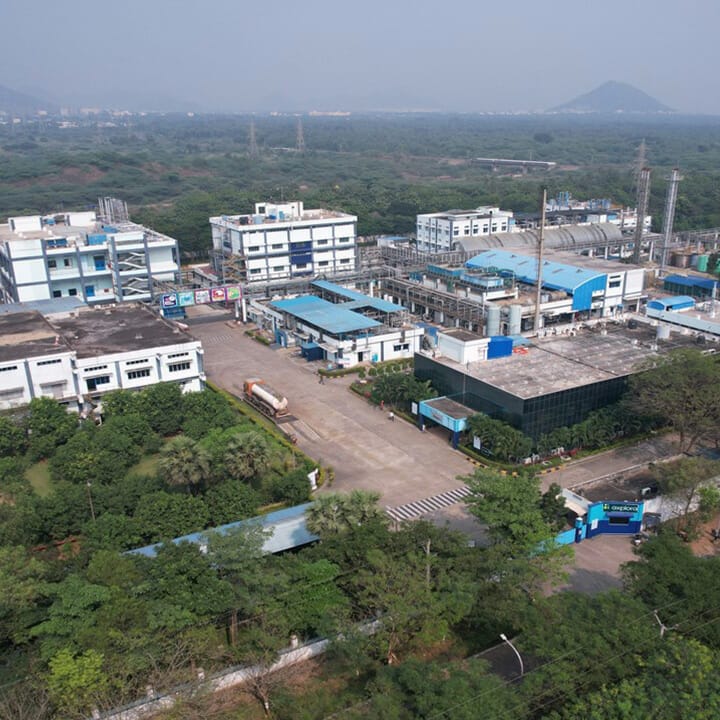
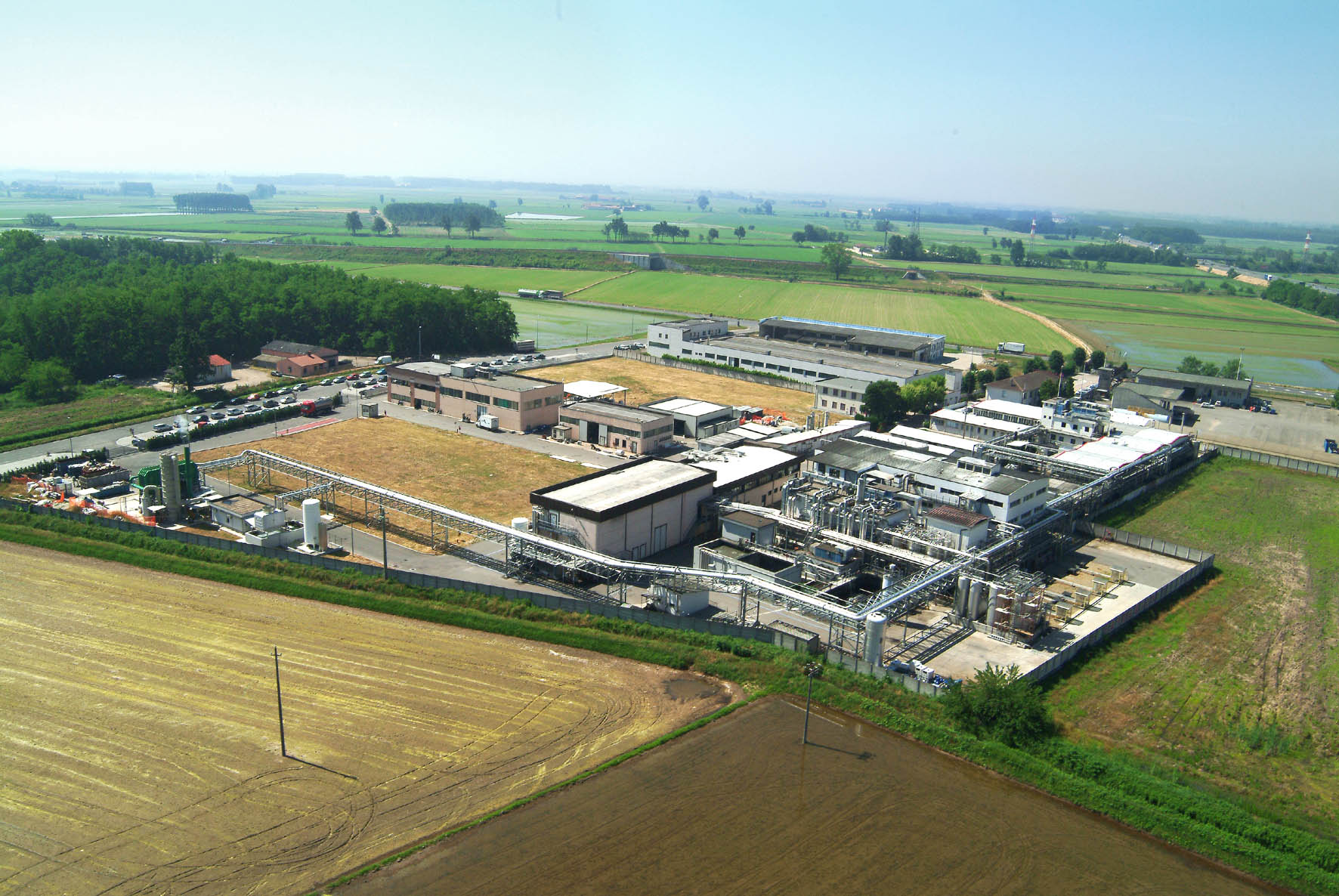
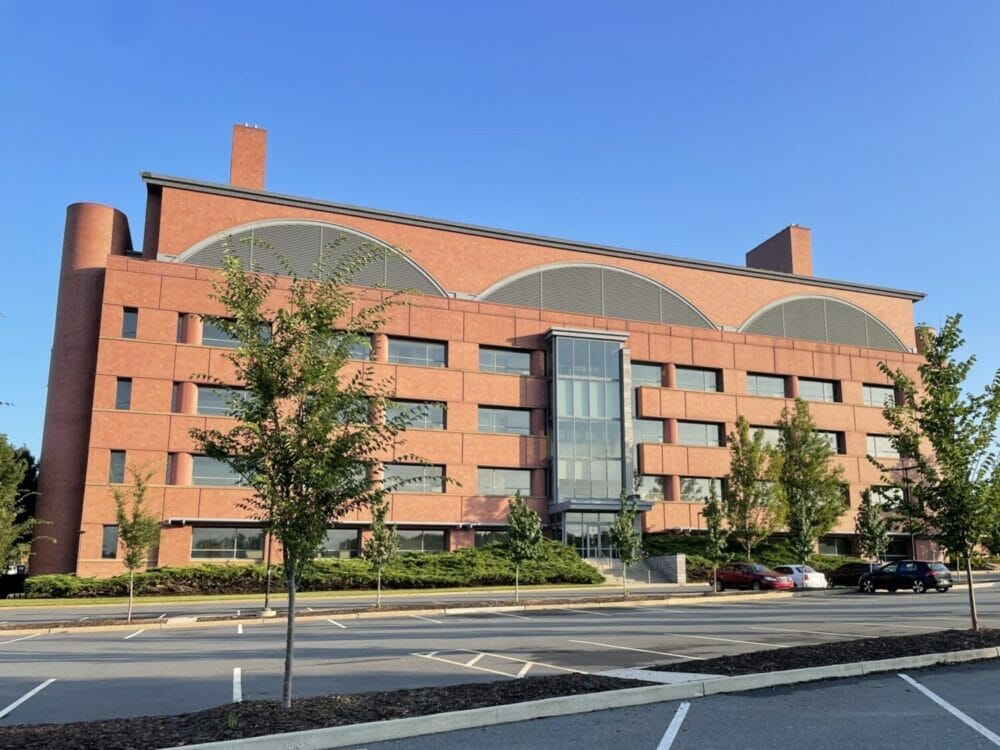
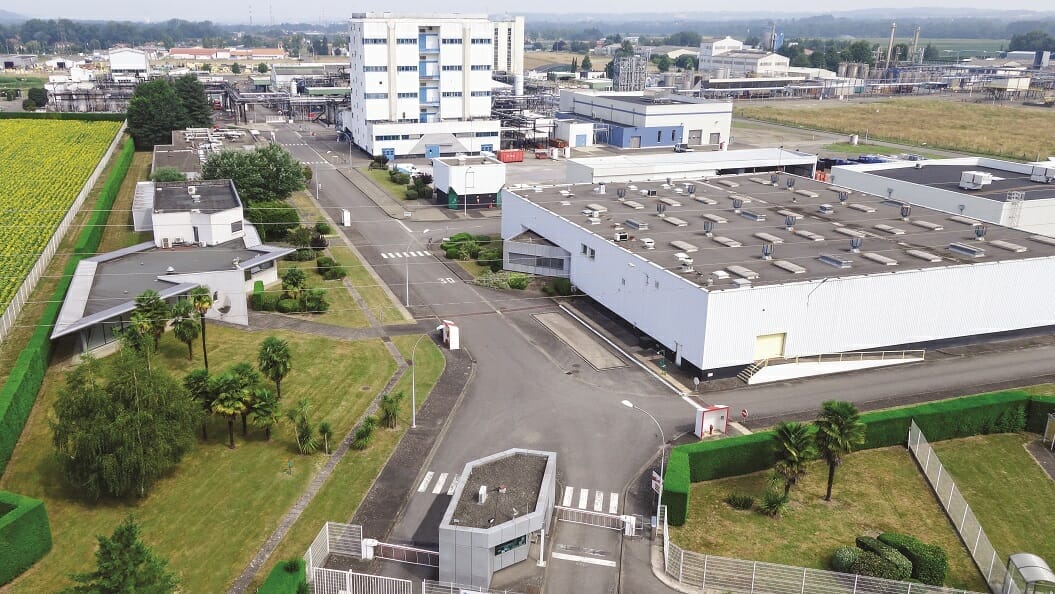
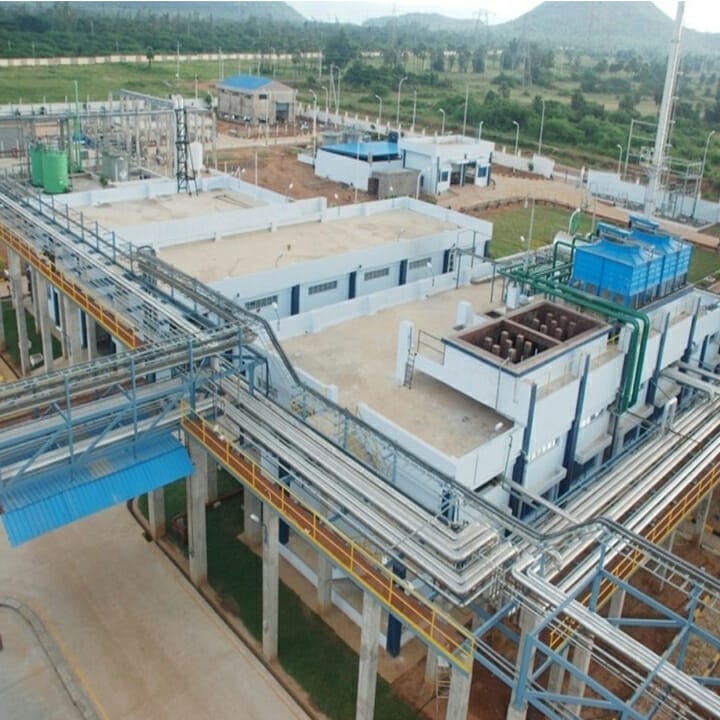
A scientific, innovative pharma supplier with differentiated technologies
Our company is driven by an entrepreneurial spirit to develop new chemical and purification technologies such as industrial chromatography, hazardous chemistry, enzymatic reactions, electrochemistry, cryogenic chemistry, steroids (including sterile steroid APIs), HPAPIs and ADCs (payloads & conjugation).
Our innovation mindset leads us to continuously expand our capacities to meet growing customer demand. We also develop and implement innovative next-generation processes to extend product lifecycle.
A strong foundation for partners, patients, people and the planet
We enable our partners to fully realize their ambitions. Driven by the curiosity, skills and commitment of our employees, we innovate and collaborate with our customers to deliver sustainable, technologically advanced API products and services that benefit people, patients and the planet.

